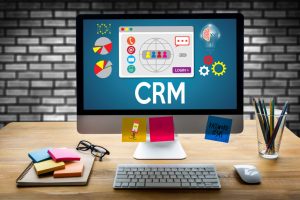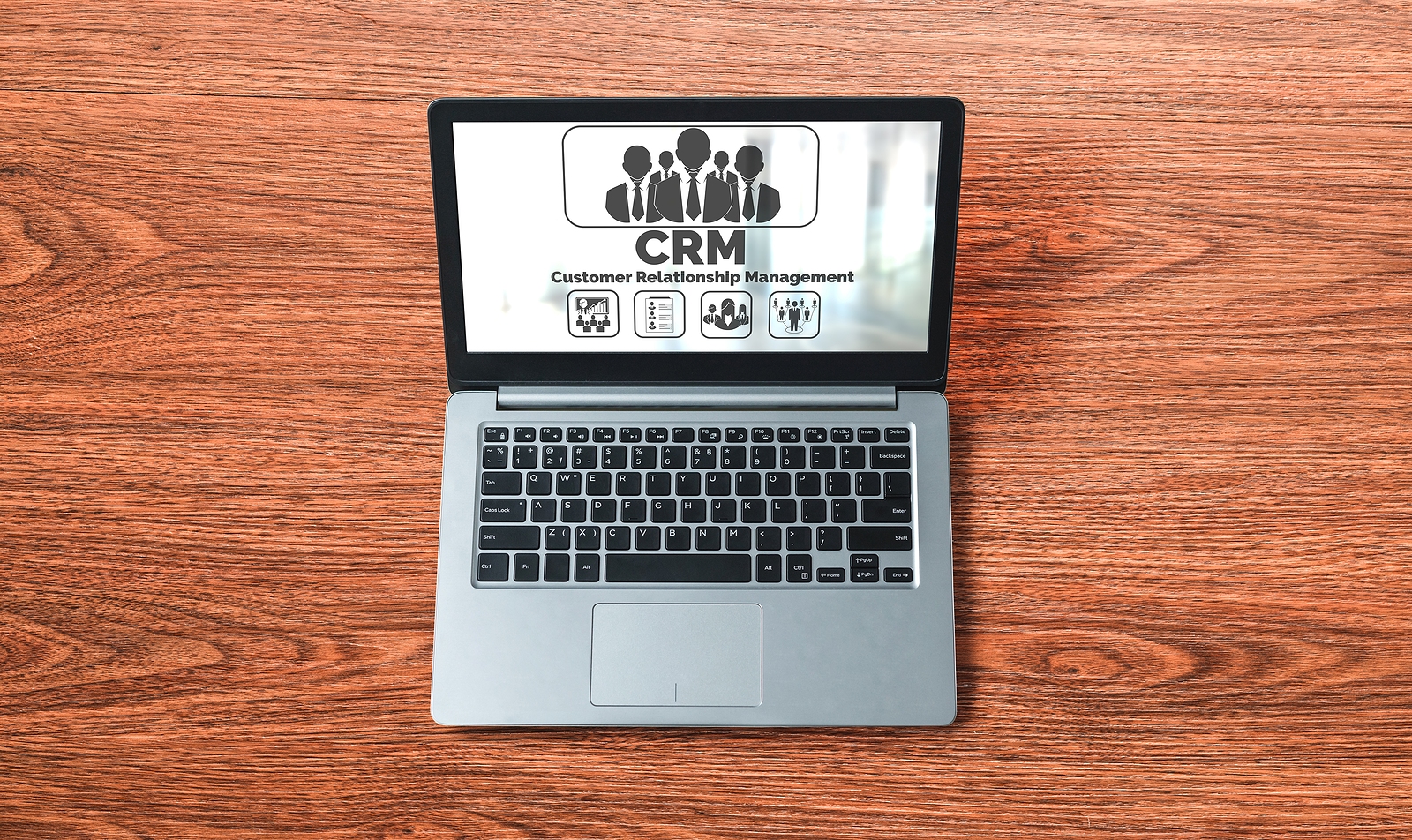A CRM (customer relationship management) system is, truth be told, an awesome, powerful tool. But like most tools, when used incorrectly or without proper guidance, it can become dangerous.
At the core of a CRM’s true advantage, there is balance. There is an art and a science to the selection of the best balance between:
- The “best” CRM versus the “right” CRM.
- The most expensive system versus the least costly option.
- A system with a large number of bells and whistles versus having only the features that are needed most.
- A solution with a deep level of automation versus a focus on one that gets used the most often.
You get the idea. There are a huge number of CRMs available on the market and any savvy coder or Excel whiz can simply create their own. And therein lies the problem or dilemma.

I take this opportunity to share ECS’s learnings and opinions regarding selecting, implementing, and using the “right” CRM for your needs. We have built best practices and ideas around how to help businesses get more out of their CRM investment. We believe in a simple yet robust solution that conforms to your way of work and adds value for all the key stakeholders.
Over the years, we have helped a great many businesses optimize their existing CRM or integrate new ones. We have worked with single-employee LLCs, multi-national companies, and many different-sized companies in between. There is one basic concept that remains constant as these organizations look to find the right fit with their chosen CRM: BALANCE.
Finding that balance between automation and integration, between marketing engine and client database, between full informatics and ease of use – is the key. As one might imagine, these tipping points can be different for every company, but the need for balance doesn’t go away.
My own lack of balance
Several years ago, I started a project within my own home to reduce our electrical usage and save money. I had been given an “electronic assistant” for my birthday and decided to use “her” to automate my house. What started as a simple goal to save money, energy and my own little corner of the planet turned into a light bulb-flashing, refrigerator-connected, heat-optimizing, security system-integrated, entertainment system that promised to do something more every day. As I added on each additional feature, I was sure it would be the last, as each of these add-ons came with its new promise of control.
As you can likely guess, each new feature also came with new issues, which ranged from new tool to control overlap, from compatibility to plug ‘n play, from direct connection to third party apps. Yes, the issues seemed to just continue on and on.
After a very short, while my little project had three different interfaces “assistants” that wanted to control various things but rarely wanted to control everything. Basically, everything that touched my network was a potential threat to everything else. My garage doors, my security system, my refrigerator, my computers, my phones, my tablets, my TVs, my sound system, my lights, my thermostat, my vehicles …

I “could” control almost my entire household from any device anywhere and at any time … this was Nirvana, right? WRONG. Over the ensuing months, I walked through my house and garage or rode in my vehicle, and I tried to control the next widget on my list. Sometimes I did so with great success, but other times I failed miserably. My wife went along with this experiment, although begrudgingly, as she was the one who had given me my first “electronic assistant”.
As the devices mounted and the frustration peaked in my household, my wife was always quick to exclaim “Dave, the switch is right in front of you, just touch it,” or “Dave, why do you need to check the thermostat, it was set when we left 15 minutes ago,” or “Dave, can we just use the remote to play my show.” My personal favorite may have been, “Dave, explain to me again why the refrigerator is connected to the security system.”
Now, don’t get me wrong, we use many of the “new toys” and do get some measurable savings from the LED lights, remote thermostats, and other gadgets designed to save money and simplify our life. But my big failure was BALANCE. I’m not sure how I failed at this, because each idea seemed great in its own right at the time. But as my sage wife said numerous times “Dave, sometimes one more is just too much.”
She was – and is – “RIGHT!” (And I’m so thankful that she doesn’t read this blog …).
Find balance when you select your CRM
Taking my home technology story, let’s now tie that into the concept of CRM. The learning is just because you CAN integrate or automate, and just because your data, invoicing, inventory, or report writing CAN live in the CRM, doesn’t mean it SHOULD.
At the core of a great CRM are ease of use, ease of access, and conformability to the way your team works.
Whether you are paying through the nose for an enterprise ERP/CRM system or piecing together spreadsheets and pdfs, you need a system that meets your needs without prohibiting your team to do their job (and actually, you want a system that helps your team do their job successfully).
When selecting a CRM, worry less about all the features it has and all it can do (getting back to the bells and whistles!), and instead worry more about what it can specifically do for your business, your sales team, and your customers. That is what is most important.
If the primary users of the CRM (typically the sales team and marketing functions) aren’t benefiting from the system, that means you have invested in a system that is seen as a chore and a hindrance, and not as a facilitator and powerful tool.
Three big “musts” when it comes to your CRM:
- Your CRM needs to help your sales teams either save time, make money, or communicate both within and outside of your company.
- Your CRM needs to connect your marketing team to your sales team and your customers – and do so in a seamless and effective way.
- Your CRM needs to be able to provide KPIs (key performance indicators) that you can track and measure, and look to improve.
And you MUST balance these three correctly: (1) focus too much on data out and you likely will get bad data in; (2) focus too much on campaigns and bots and e-forms and you likely lose your focus and direction; (3) focus too much on every activity, call or email and you will likely lose productivity.
Start simply. Keep it that way in the early phases. Grow your CRM as your business grows.
And don’t get me wrong, that is not to say “basic is best” or “bells and whistles are bad”. My point is you must watch both your ROI and your focus, and be sure to remember usage and buy-in are at the core of a successful CRM, regardless of your size and industry.
At ECS, we pride ourselves on matching your sales process and language to your CRM. We will help you refine the tool to fit your customized needs and import the vital data necessary to manage your relationships. We can help automate or integrate necessary add-ons once we mutually believe them to add value.
This blog was penned by Dave Posten, ECS Sales & Operations Partner. He’d love to talk to you about your current CRM, or discuss the opportunities and challenges you face in getting a new CRM in place. Connect with Dave on LinkedIn, and email the ECS team at hello@thinkempirical.com or give us a call at 610-994-1139.



